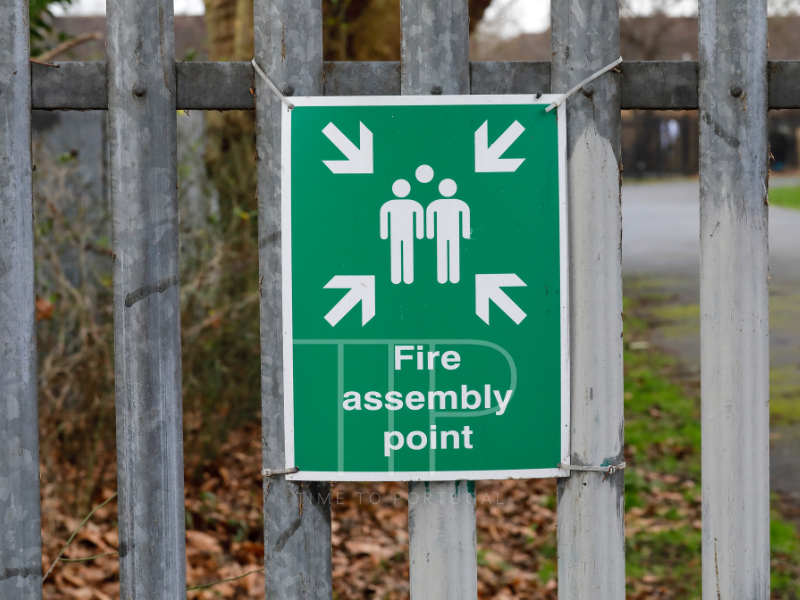In six years, around 2,200 villages have joined the “Safe Village” program, which aims to guarantee greater protection in the event of a fire, but less than half have fire evacuation plans, according to Civil Protection data.
The figures available on the website of the “Safe Village” and “Safe People” programs, run by the Ministry of Internal Affairs and the National Emergency and Civil Protection Authority (ANEPC), show that a total of 2,242 settlements have joined this program, created after the 2017 fires, of which 2,093 have a local safety officer and 919 have evacuation plans.
The village safety officer’s mission is to pass on warnings to the population, organize the evacuation of the settlement in case of need and raise awareness among the population.
The ANEPC is holding a ceremony today in Guarda to hand over the signs for evacuation routes and places of shelter and refuge in the event of a rural fire.
According to Civil Protection, this signage, funded by the Recovery and Resilience Plan (PRR) and part of the “Safe Village” and “Safe People” programs, aims to increase the resilience of communities and the safety of people and goods.
The sets of signs to be distributed are made up of place of refuge and place of shelter signs, as well as direction signs, in order to provide settlements with signs identifying evacuation routes and places of shelter and refuge to be used in the event of a rural fire, says ANPEC.
According to data from the “Aldeia Segura” and “Pessoas Seguras” programs, the district with the highest number of villages with this rural fire protection program is Guarda, with a total of 503 villages, followed by Bragança (257), Viseu (234) and Santarém (202).
Of the 2,242 villages that have joined the “Safe Village” program, 1,412 have places of shelter and 1,389 have places of refuge for people to protect themselves from rural fires.
Created in 2018, the “Aldeia Segura” (Safe Village) and “Pessoas Seguras” (Safe People) programs aim to create strategies to protect settlements in the event of rural fires and encourage people to participate.
This program is implemented on the ground by ANEPC, town halls and parish councils.

